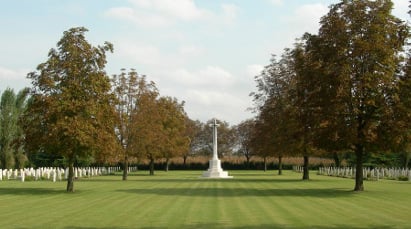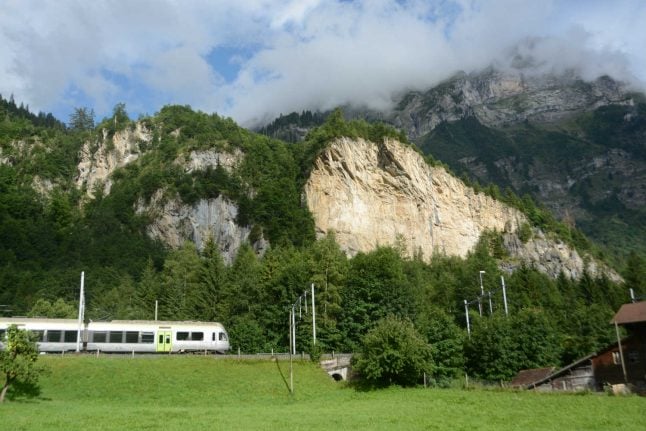Their aircraft was shot down on April 19th 1945.
Their remains and the aircraft were found in Copparo, a town in Emilia-Romagna, in 2011 by local archaeologists, based on eye-witness accounts.
The servicemen were Flt Sgt Perkins (Royal Air Force), Flt Sgt Bostock (RAF), Flt Sgt Raikes (RAF) and WO Hunt (Royal Australian Air Force). Relatives of the men, who will meet for the first time, will travel to Italy from the UK and Australia.
An original eye-witness of the crash, nicknamed locally as the 'Pippo', said the aircraft continued to burn for a number of days after it was shot down. Some of the wreckage and personal belongings will be presented to relatives during the opening of a wing of the River Po WWII Museum, which is dedicated entirely to the crash, in the town of Felonica on the morning of July 17th.
The event is being organised by the Royal Air Force and the Royal Australian Air Force, with the help of the British Embassy in Rome.



 Please whitelist us to continue reading.
Please whitelist us to continue reading.
Member comments